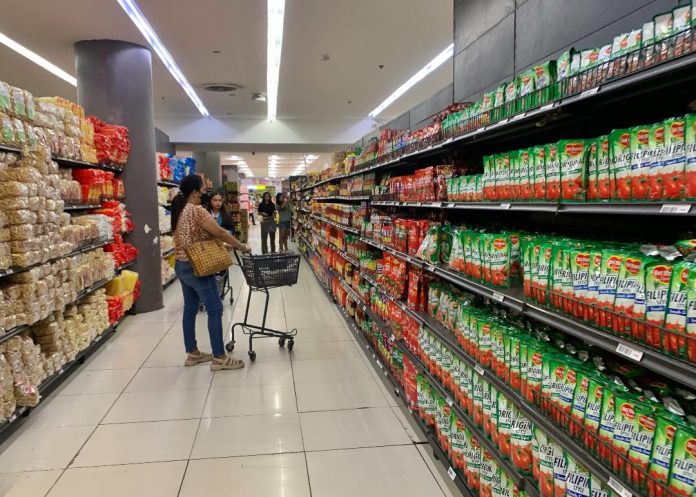
Inflation quickened in October, the Philippine Statistics Authority said on Tuesday.
Headline inflation was at 2.3 percent last month, which was faster compared to the 1.9 percent print seen in September, the PSA said. It was also within the 2 to 2.8 percent forecast of the Bangko Sentral ng Pilipinas.
“This brings the national average inflation rate from January to October 2024 to 3.3 percent,” PSA Undersecretary and National Statistician Dennis Mapa said.
The higher inflation print was due partly to faster increases in the prices of food. Despite the reduction in rice tariffs, rice inflation climbed to 9.6 percent in October, compared to 5.7 percent in September. Mapa said this was partly due to “base effects” from October last year, where there was a slower increase in prices due to the price cap imposed then.
But Mapa also noted that the rice tariff cuts, which the government implemented in July, had yet to result in significant rice price cuts.
According to Mapa, the national average price of regular milled rice, which is the most widely consumed variety, was at P50.66 per kilo in August–a month after the tariff cuts. As of October, this had gone down to P50.22 per kilo, or a cut of P0.44.
“Ang kanyang reduction ay di ganun kalaki (The reduction was not that big),” Mapa said.
The same was true for well-milled rice which was at P55.56 per kilo in August, and had gone down to P55.28 in October; and for special rice which was P64.08in August and down to P63.97 in October.
“Bumababa naman sya, kaso nga lang di ganoon kabilis ang pagbagsak nya kumpara dun sa ine-expect nation (Prices have gone down but not as fast as we expected),” Mapa added.
The Philippines cut rice import tariffs from 35 percent to 15 percent in July. The government had been saying that rice prices would go down by P5 to P6 per kilo.
“This could lower the price of rice by at least P5 per kilo from an average of P54.40 per kilo last June, prices could go down to below P50 as early as August,” Finance Secretary Ralph Recto was quoted during a press briefing in July.
Mapa meanwhile said rice prices had already peaked and that the higher rice inflation in October was just a “blip”. He added that prices would come down in the months of November and December.
Aside from rice, increases in the prices of vegetables also contributed to higher inflation last month. This was partly due to the effects of the storms that lashed the country last month, which affected vegetable-growing regions. The PSA said food inflation at the national level rose to 3 percent in October from 1.4 percent in the previous month.
Inflation was harder for the poorest 30 percent of the Philippine population, as it hit 3.4 percent in October from 2.5 percent in September. This was primarily due to the increases in food prices.
Core inflation, which excludes selected food and energy items, remained at 2.4 percent in October, the PSA said. In October 2023, core inflation was faster at 5.3 percent
Inflation is expected to stay within the government’s target range of 2 to percent. The slower inflation has allowed the BSP to cut interest rates by a cumulative 50 basis points so far this year, with another 25 bps cut possible in December, according to BSP Governor Eli Remolona.






